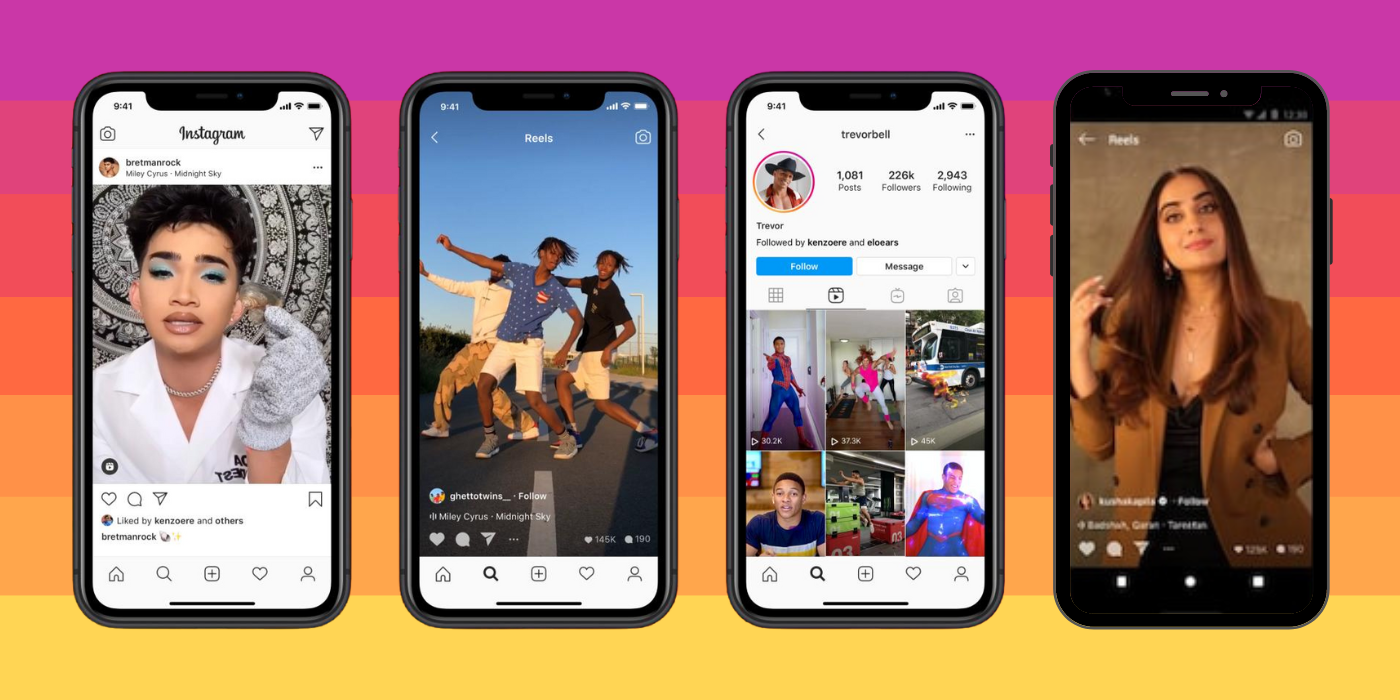In today’s digital world, we are constantly exposed to mass production of images and videos on social media. Being part of a consumer society, we consume copious amount of images, vlogs or reels on an everyday basis. Social media permeates through possibly all aspects of our lives – social networking, education, lifestyle and often work as well. Hence, it is almost inescapable and our realities are constantly mediated through images, resulting in media shaping our consciousness and imagination significantly.
Jean Baudrillard, a French sociologist, highlighted similar exposure of people to images through advertisements on television during 1960s in America. In order to boost consumerism, these mass-produced images or videos replicated real people or events but they were actually representations of carefully curated and exaggerated reality and not just the reality. Hence, the massive circulation of images was simulation of reality and not the reality itself. For instance, a plastic Christmas tree, that is aesthetically ‘prettier’ than a real Christmas tree, becomes more symbolic of Christmas celebrations.
Baudrillard refers to this as a hyperreal world wherein the reality or real is replaced by a symbol, sign or image that represents it. In his words, it is ‘the death of the real’. Whenever anyone refers to a queen or princess, we instantly conjure up an image of a well-poised, thin and fair girl, often with long hair. Why does this happen? This particular image has been representative of a queen through its massive circulation in media – fairytales, movies and cartoons. This image or symbol absolutely excludes the fact that all queens in reality cannot have similar sizes, shapes and complexion. Similarly, based on our exposure to images and videos, we have a certain imagery of an independent woman or a fashion model, as fabricated and fed to us by media or social media.
Through social media, we constantly view the real world or people through pictures and videos representing real people. People are often oblivious to the fact that the latter can be curated for consumption and thus can be inevitably fascinating. What is alarming is that an extreme exposure to this hyperreal world makes the distinction between real and representation blurred for people. Baudrillard argues that people feel more associated and fascinated with reproduction of exaggerated reality in the form of adverts or images/videos than the reality itself. An individual engages with such content as it allows them to disengage from the banality of real life.
The concept of hyperreality seems all the more relevant today and can be used to understand our social media-saturated world brimming with images, vlogs and reels. The increasing number of vloggers or influencers show the fascination of audience for exaggerated reality. The over production and over exposure of exaggerated or curated reality yet again makes its distinction from reality blurry. This is simply because this hyperreal world depicts real people doing and filming real things, just that it leaves aside the unedited and uninteresting facets of their lives.
Also read: Why I Don’t Use Social Media
The hyperreal world seems to have less space for blemishes, pauses, sighs, trivialities or any glitches. A snapshot of a whole day in a short vlog seems more fascinating than the actual ordinary day spent. A glimpse of travel in a reel with effects and music is a thrilling filtered representation of an experience. It makes things prettier than they are and show people happier than they are. The construction of an event for images or videos becomes more important than the experience itself.
It is succinctly clear that this is not simple reproduction of reality. Rather, what we as consumers experience is filtered and augmented versions of reality. Images and nowadays vlogs and reels can be considered as representations of reality but to what extent? Their mass-production, mass-circulation and mass-consumption, certainly lead people to confuse real with the images or videos that represent the real.
Unknowingly yet undeniably, we have begun to sense, feel and live through social media as it pre-defines things for us such as how an outing or travel should look like, how one should dress or eat or even express. All in all, it has begun to define ‘the real’ for us. When one considers such fictive spaces as real spaces, it can also result in creating aspirations or realities as a matter of fact that can be unachievable for many. It goes without saying – travel and lifestyle vlogs often lay bare the class-based inequalities of our society and also reinforce the class divide.
Thus, alongside maintaining virtual social connectedness or cohesion, social media engagement also raises concerns around digital well-being of people. Consistent exposure to and consumption of ecstatic vlogs, reels and images can engender a strong sense of dissatisfaction and resentment towards real life which is often ordinary and banal. They create a persistent desire for excitement, ecstasy and elation among people, which sadly derives not from real events or experiences but from filming and curating them for social media consumption. As Baudrillard had obliquely pointed out, excessive engagement with this hyperreal world is often driven by people’s dissatisfaction with their ordinary lives. This is undeniable, yet less acknowledged and admitted.
Amidst this abyss of images and videos, the implications of this ever-expanding hyperreal world for its makers as well as its consumers need to be thought out. How fulfilling or damaging and disconcerting is this world for our lived experiences and imagination? How far is this social media-saturated world taking us from the reality? Can one really escape the ordinary reality like this?
These are some crucial questions that warrant attention with respect to our digital well-being. Among remedial measures like limiting social media consumption or keeping it purposeful, the ability to distinguish between the real and hyperreal among content creators and consumers stands out as most critical and can certainly lessen the damage.
Ruchika Ranwa is a visiting faculty of Sociology in Manipal University, Dubai.

